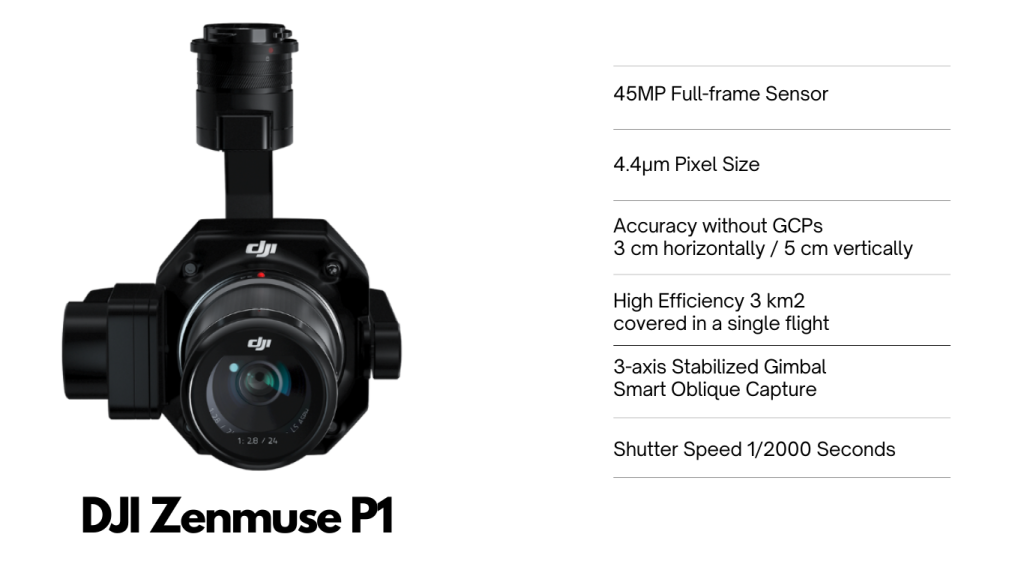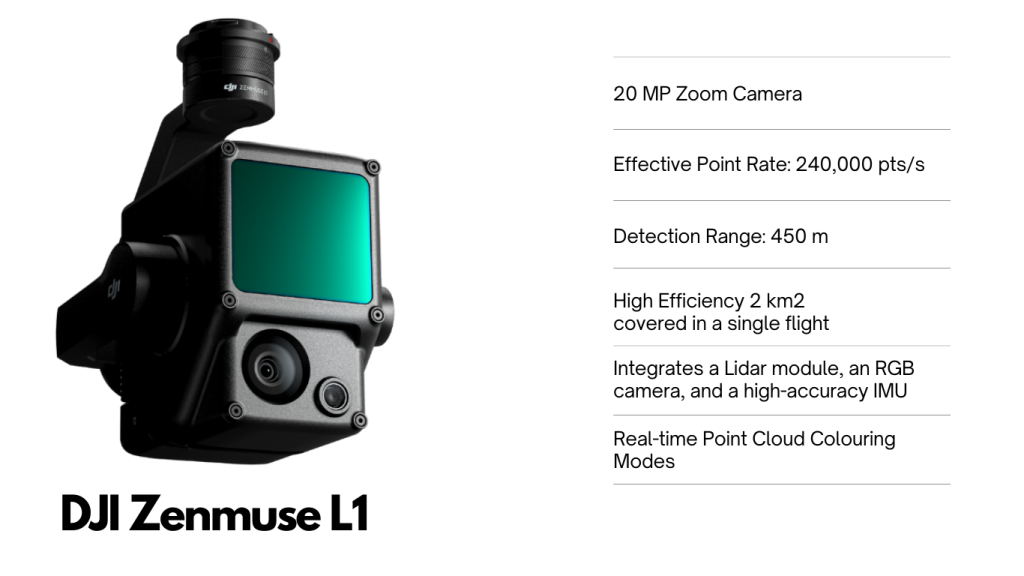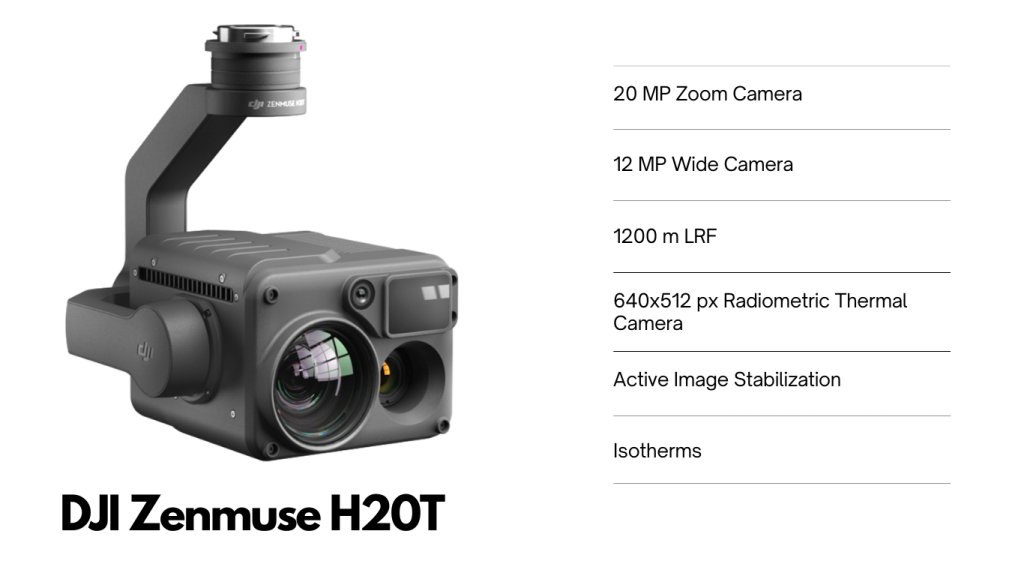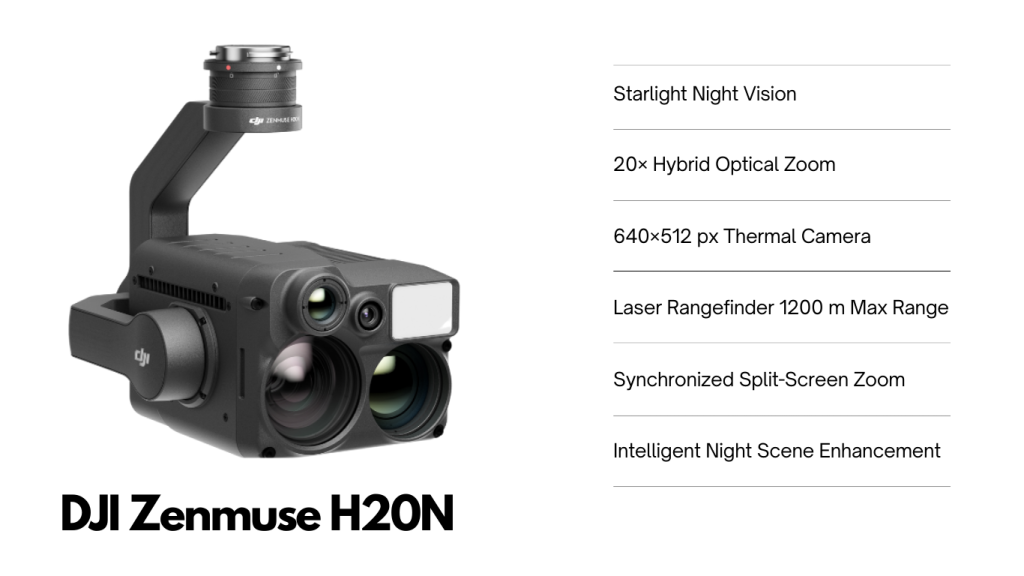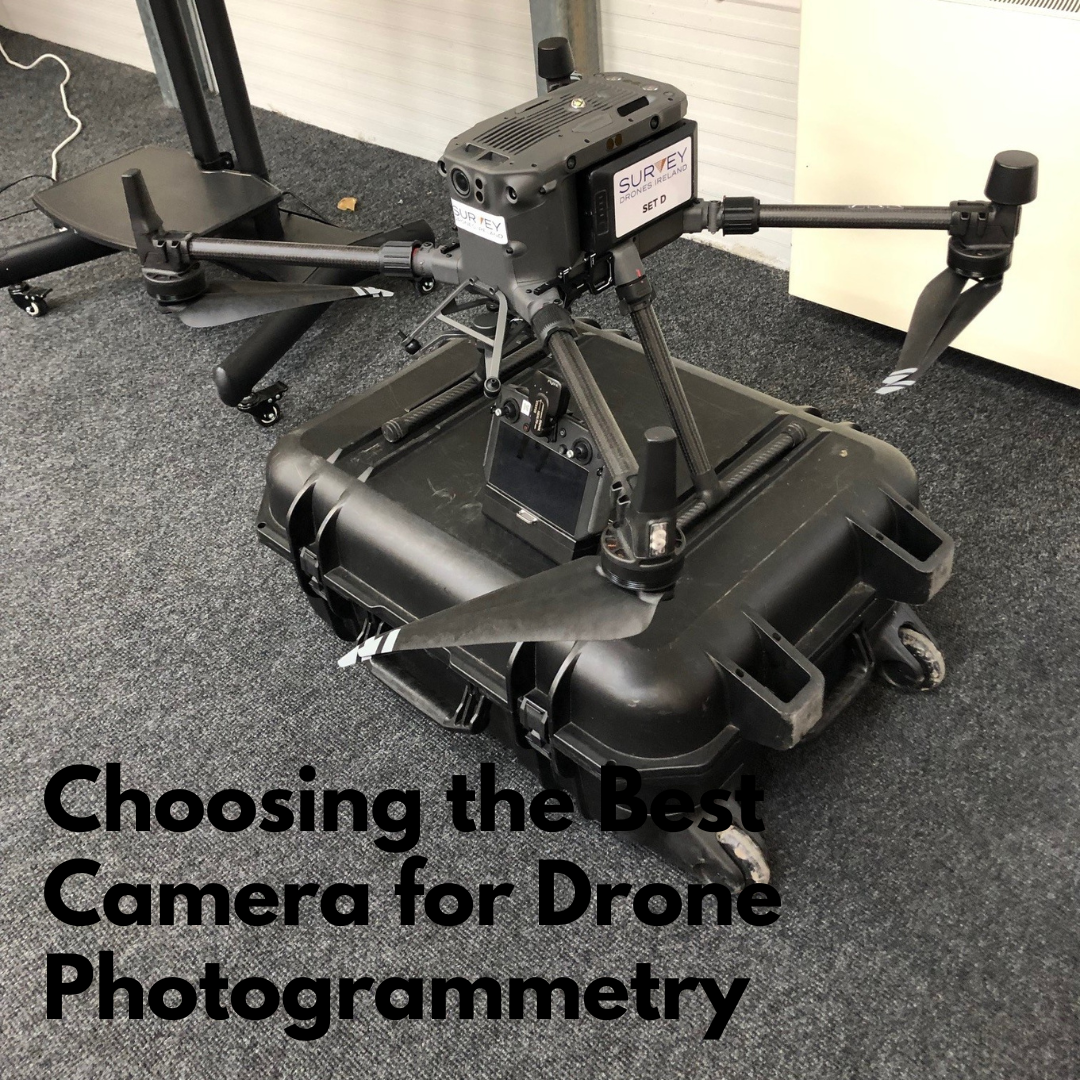
Choosing the Best Camera for Drone Photogrammetry
Choosing the right photogrammetry camera for aerial imaging is a nuanced process that demands careful consideration. Much like selecting the right drone, it begins with a consideration of budget, followed by an exploration of specific features that align with your objectives.
Budget
Commencing the journey of selecting the perfect drone camera invariably starts with budget considerations. Expect a slightly higher investment for these specialized drones, given their distinct capabilities and manufacturing costs. The DJI drone cameras, designed for capturing aerial photos and videos, can set between €300 – €15,000. Depend on the capabilities.
Precision Requirements
In drone mapping, accuracy can be measured in centimetres or less. The resolution of your camera is crucial for achieving this level of precision. Consider the balance between sensor size and pixel density, as a larger sensor may impact image quality. Assess the trade-off between increased pixel density for better resolution and the camera’s low-light capabilities. Increased pixels count directly correlates with higher resolution, enabling the precise classification and counting of small features within images. Typically, a drone equipped for research purposes begins with a resolution of 20 megapixels (MP), like the DJI Mavic 3 Enterprise. The high-resolution sensors not only enhance image clarity but also facilitate efficient data collection at elevated altitudes, contributing to the reduction of overall flying times.
Sensor size
The weight of the camera can affect drone flight time. Evaluate the flight time requirements of your application—shorter flights may accommodate a heavier, more sophisticated camera, while longer flight times may necessitate a lighter option.
Resolution alone may be deceptive without considering the sensor size, as a larger sensor size plays a pivotal role in image quality. Larger sensors accommodate larger pixels, allowing each pixel to capture more light, and, consequently, produce a sharper image. Smaller pixels allow less light per pixel. Despite the Enterprise Advanced boasting a 48MP camera, the smaller pixel size results in image less practical than those captured by the Mavic 2 Pro larger sensor with 20MP.
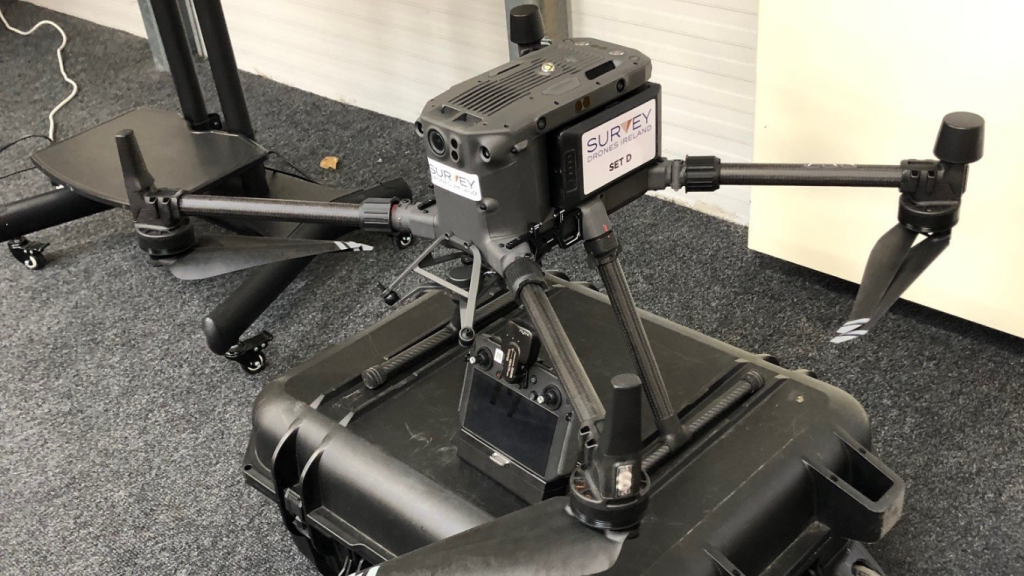
Application
To choose the right camera is to define your application. Are you focused on surveying, mapping, agriculture, or construction? Each application may have unique requirements:
- Thermal: Identify, measure, and visualize heat patterns, to inspect or track objects and sources, even in low-light conditions.
- LiDAR: to aid in autonomous flight, topographical mapping, and more.
- Ultra HD: Capture high-quality images with a wide selection of UHD 4K+ camera and gimbal units.
- Gas Detection: See the unseen with payloads that detect leaks of harmful chemicals and gases, like methane and other hydrocarbon compounds.
Shutter Type
The shutter regulates the duration during which the CMOS (complementary metal oxide semiconductor)is expected to light. When the shutter is open, light enters the camera and interacts the CMOS. When capturing an image, the shutter briefly opens, permitting light to reach the CMOS and form the photograph.
There are three primary shutter types to consider:
- Sensor with a rolling shutter and mechanical shutter
- Sensor with a rolling shutter and electronic correction
- Sensor with a rolling shutter
Mechanical shutters function by illuminating the entire image sensor frame simultaneously. This ensures that each pixel captures the exact moment of exposure simultaneously. Understanding the significance of timing is crucial, especially when comparing mechanical shutters to electronic or rolling shutters. Electronic shutters, in contrast, illuminate the image sensor one line of pixels at a time. They rely on the camera’s sensor to regulate light exposure, progressively exposing pixels from the top to the bottom. Consequently, electronic shutters introduce a slight time delay between the top and bottom of your frame.
Senor Types:
